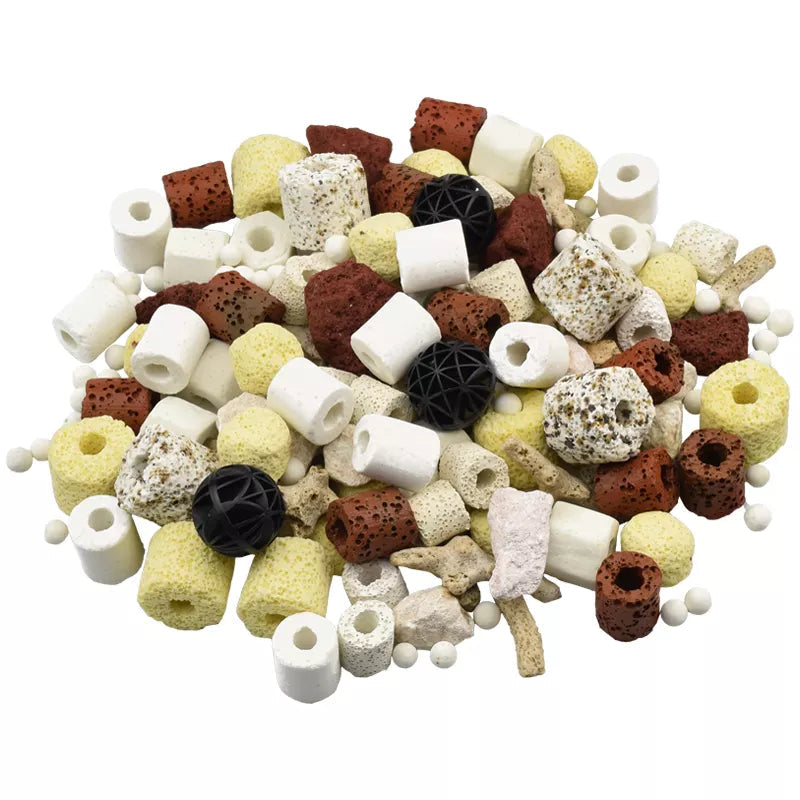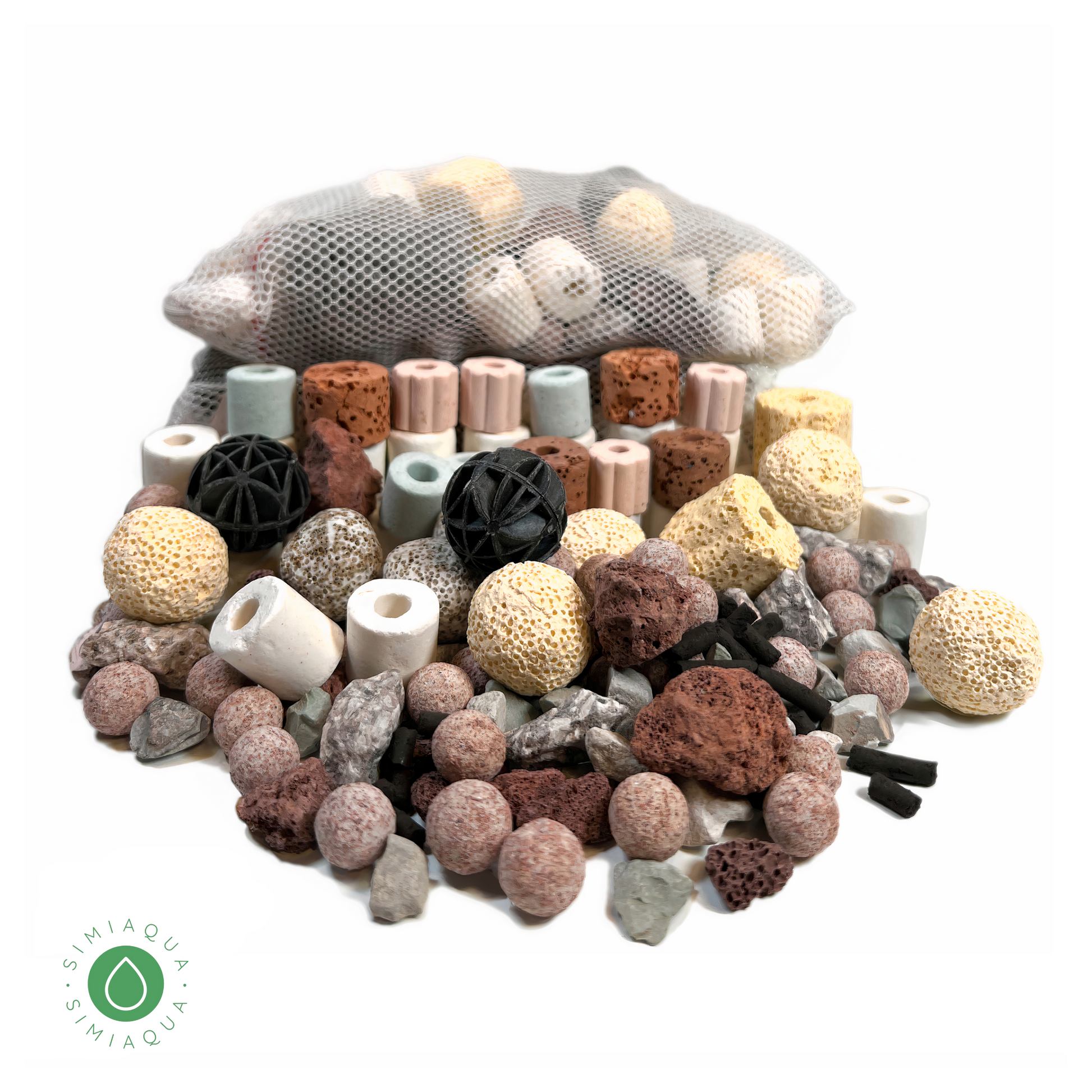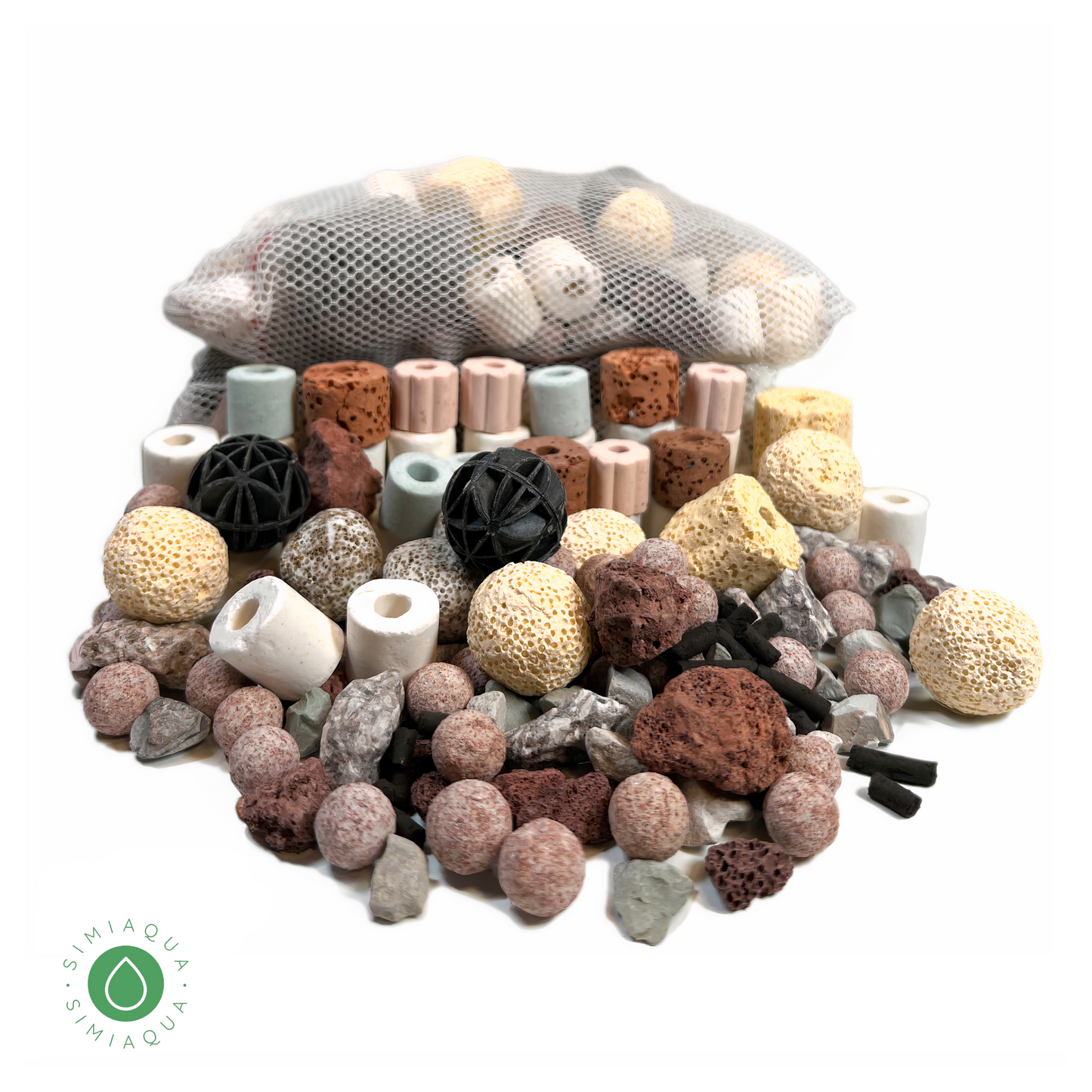
Aquarium Filter Media for Biological and Chemical Filtration
Share
Aquarium filter media is a vital component of any aquarium filtration system. It provides a surface for beneficial bacteria to grow and helps to remove harmful substances from the water.
There are two main types of aquarium filter media: biological and chemical. Biological filter media provides a surface for beneficial bacteria to colonize and break down harmful ammonia and nitrite into less harmful nitrate. This process, known as the nitrogen cycle, is essential for maintaining a healthy aquarium environment. Common types of biological filter media include ceramic noodles, bio balls, and filter pads.
Chemical filter media, on the other hand, is designed to remove specific substances from the water. This can include heavy metals, chlorine, and other chemicals that can be harmful to aquarium inhabitants. Carbon is a common type of chemical filter media and is effective at removing a wide range of impurities from the water. Other types of chemical filter media include resins and zeolites, which are used to remove specific substances such as ammonia and phosphate.
When choosing filter media for your aquarium, it is important to consider the size of the aquarium and the type of fish and plants you have. It is also a good idea to use a combination of biological and chemical filter media to provide complete filtration. Proper maintenance of your filter media is also essential to ensure its effectiveness. This may include regular rinsing or replacement of the media, depending on the type you are using.
In conclusion, aquarium filter media plays a crucial role in maintaining a healthy aquarium environment. It provides a surface for beneficial bacteria to grow and helps to remove harmful substances from the water. Using a combination of biological and chemical filter media can provide the most effective filtration for your aquarium.







